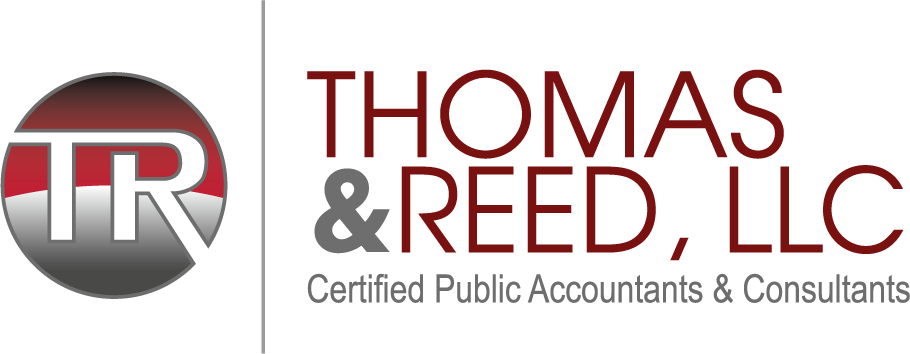A common misconception in tax filing is that those who use the Standard Deduction instead of itemizing deductions have few additional benefits available to reduce their tax bill. This is often not the case.
Should you take the standard deduction or itemize?
Every taxpayer can take the Standard Deduction to reduce their income. However, if your deductions are going to exceed the standard amount you can choose to itemize your deductions. The most common reason people itemize deductions is that they own a home, since mortgage interest and property taxes are deductible and generally high enough to justify itemizing. But with higher Standard Deductions, fewer taxpayers are able to itemize.
Common sources of itemized deductions are: mortgage interest, property taxes, charitable giving, high medical expenses, and other miscellaneous deductions.
Strategies for non-itemizers
So what opportunities to reduce your taxable income are available if you use the Standard Deduction? Here are some of the most common:
- IRA Contributions (up to $6,000 or $7,000 if age 50 or over)
- Student Loan Interest ( up to $2,500)
- Educator Expense Deduction (up to $250)
- Alimony Paid (for divorce decrees prior to 2019)
- Health Savings Accounts (if you qualify)
- Self-employed health insurance premiums
- Half of self-employment tax
- Numerous education incentives like Savings Bond Interest, Coverdell accounts, American Opportunity Credit and the Lifetime Learning Credit
- Plus numerous credits including the Earned Income Credit, Dependent Care Credit, Child Tax Credit, Retirement Savings, and Elderly Credit
Income limitations often apply to these tax reduction opportunities, but for those who qualify, the tax savings can be significant. This list is by no means complete. What should be remembered is that you need to consider your entire tax situation prior to jumping to the conclusion that tax breaks are just for someone else. That someone else might just be you, the Standard Deduction taxpayer.
